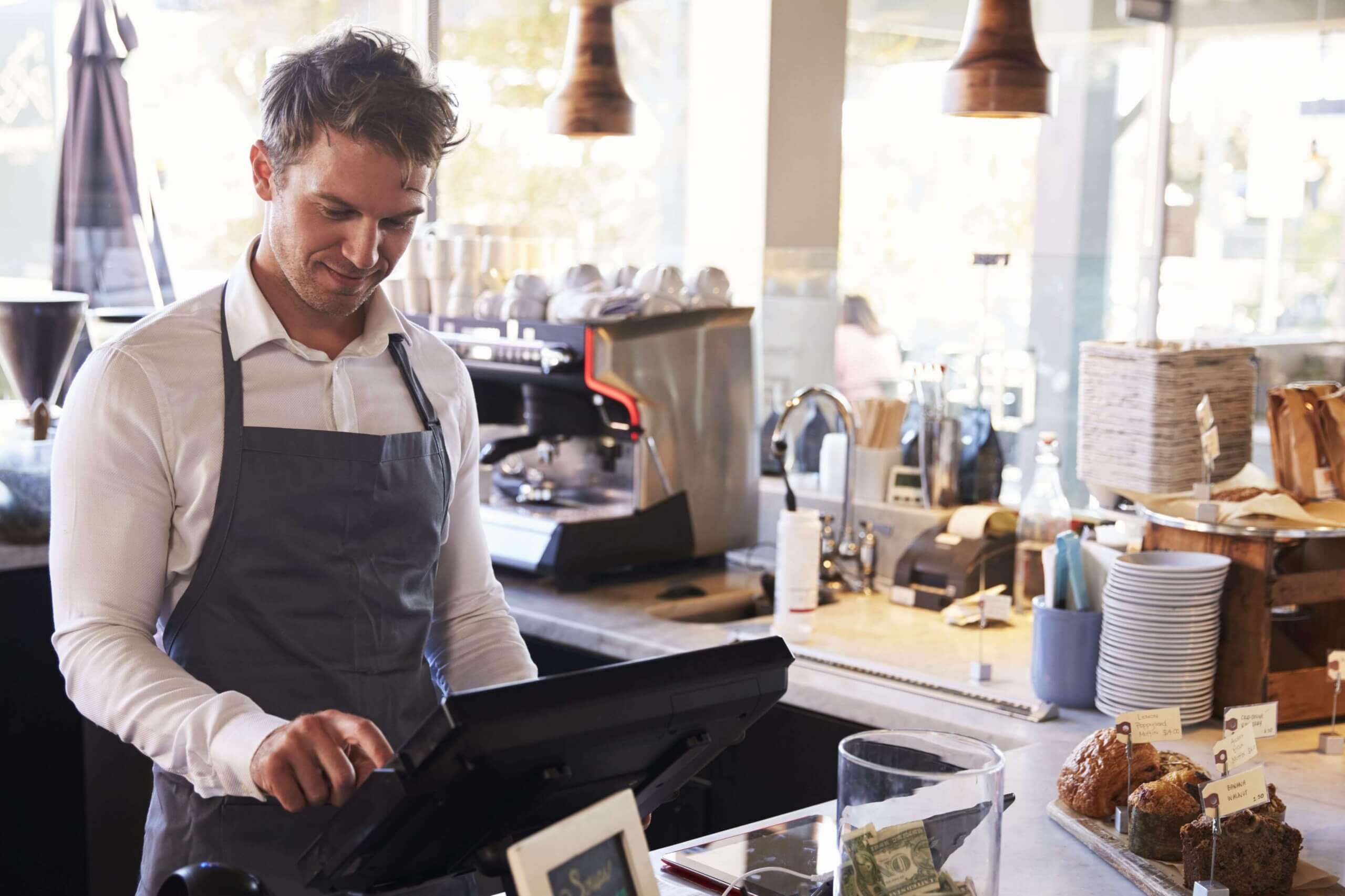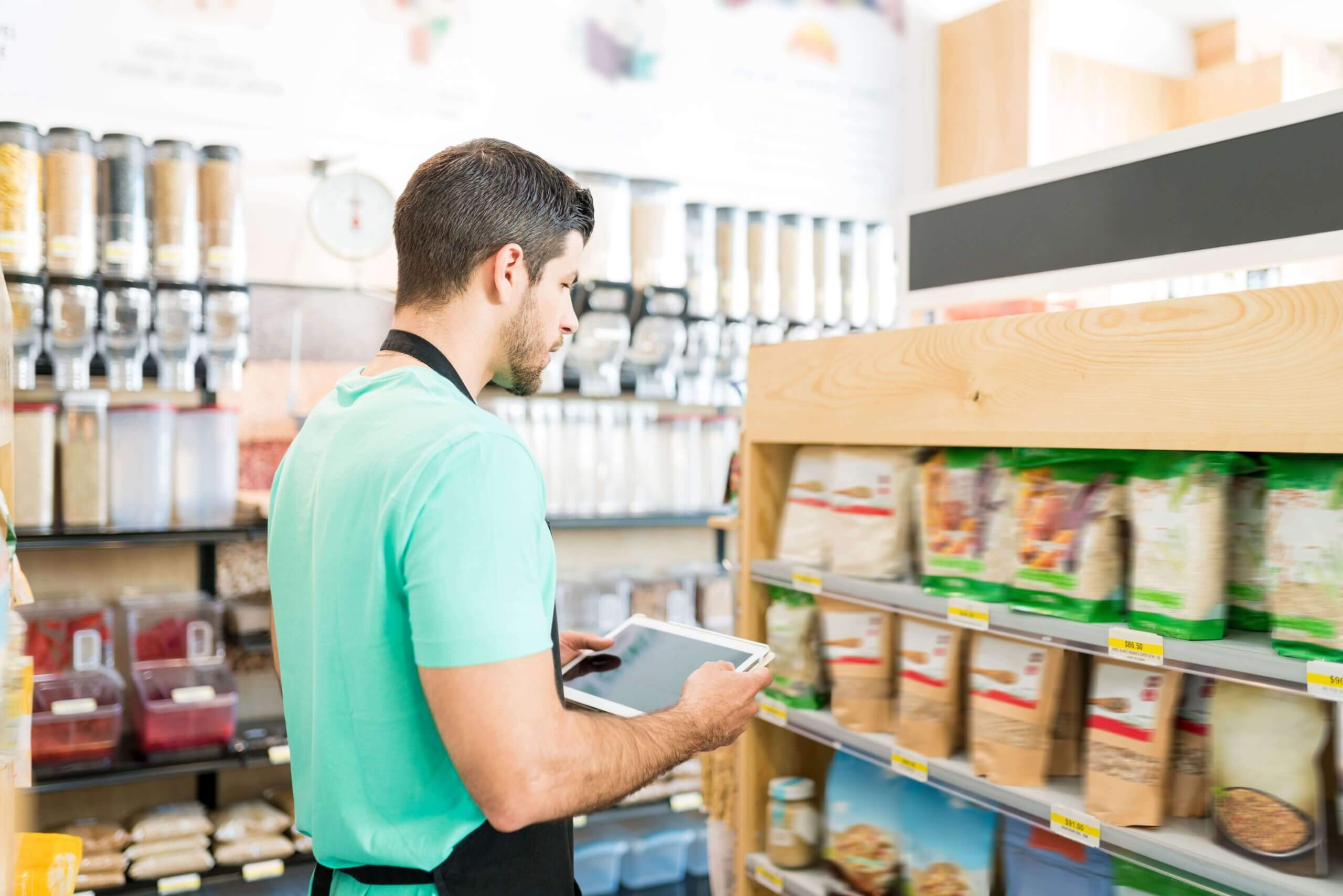Running a restaurant means balancing speed with precision. When things go wrong, it’s usually not the food—it’s the flow. Orders get delayed, inventory doesn't match sales, and waste piles up without explanation. If any of this sounds familiar, it’s time to look at your systems.

A modern restaurant POS system does more than print receipts. It connects your order-taking process directly to your inventory, kitchen, and reporting tools. In this article, we’ll break down how the right POS helps streamline your restaurant’s operations from front-of-house orders to back-of-house stock.
Many restaurants still use outdated systems where ordering and inventory are managed separately. Here’s what usually goes wrong:

Without a connected system, you’re relying on guesswork. That’s where a restaurant POS system for order and inventory management changes the game.
A modern POS system ties every part of your workflow together. Let’s look at what that means in practice:
The result? Easy restaurant stock and order management that saves time, prevents errors, and supports better planning.
Manual procedures are full of pitfalls—especially when you're short on time. Here's what usually goes wrong without automation:
Without real-time updating inventory, you may double-enter inventory or forget batch deductions, leaving you confused and with miscounts.
Without tracking expiry, perishables typically go bad without anyone knowing—leading to wastage and health code issues.
Restaurants often undercharge or overcharge because they don't factor current food costs into menu prices. A POS system counters this by linking ingredient cost to sales directly.
Manually keeping purchase orders and receipts under control leads to lost documentation and reconciliation clutter. A POS with stock management capabilities logs everything on its own.
By reducing these errors, you build a more sustainable and scalable operation.

Not all POS systems have true stock integration. Here is a checklist to assist you in selecting one that does:
When your POS captures real-time data from orders and inventory, it turns that into insights.
All of this supports smarter, faster decision-making—without relying on spreadsheets.
Before: A busy weekend night. Orders are taken quickly, but two dishes run out because no one checked the stock. The kitchen tosses expired cream, and a delivery order is missing half of its items. You will find out on Monday.
After: The same night. Inventory alerts warned you that ingredients were low. Stock was reordered in time. Orders hit the kitchen screen instantly. Nothing was wasted, and reporting at the end of the shift showed exact profit margins.
This is how the right POS leads to both smoother service and healthier margins.

SalesPlay is designed for real restaurant workflows. Here’s how it helps:
Explore SalesPlay Restaurant POS and see how it helps you automate and connect every step.
You can’t manage what you can’t measure. A restaurant that runs on disconnected systems wastes time, money, and ingredients. But with a smart restaurant POS system, you connect the dots between orders, kitchen, and inventory—and start making data-backed decisions every day.
Ready to stop the guesswork?
Download and experience how SalesPlay can streamline everything from orders to inventory.